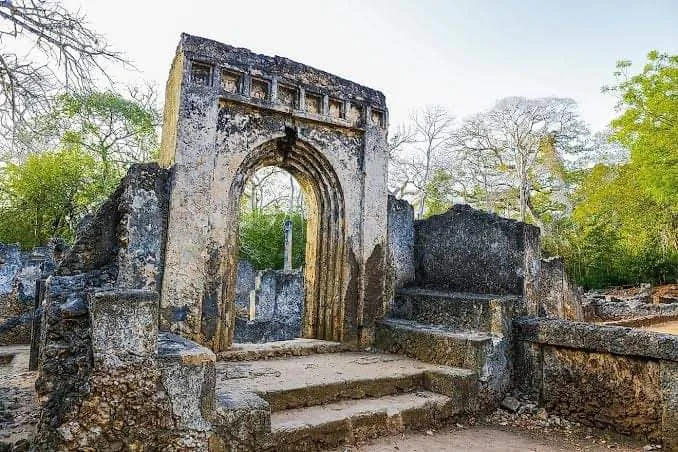Kenya’s Gedi Ruins, a remarkable testament to Swahili civilization, have been inscribed on the UNESCO World Heritage List.
Joining iconic sites like Mount Kenya and Lamu Old Town, Gedi is now recognized for its exceptional cultural and historical significance.
“We are deeply honoured by this inscription, which underscores the importance of safeguarding and promoting our rich cultural heritage,” stated Mary Gikungu, director general of the National Museums of Kenya (NMK).
Hidden within a lush coastal forest, the Gedi ruins offer a captivating glimpse into a once-prosperous Swahili city that flourished between the 13th and 17th centuries.
The site’s remarkably preserved structures, including a palace, mosque, and intricate stone houses, exemplify the architectural mastery of the Swahili people. Gedi’s strategic location facilitated extensive trade networks across the Indian Ocean region.
This UNESCO World Heritage site now joins Kenya’s other prestigious listings: Lake Turkana National Park, Sacred Mijikenda Kaya Forests, Fort Jesus, Kenya Lake System in the Great Rift Valley, and Thimlich Ohinga Archaeological Site.
Kenya Tourism Earnings Jump 32% in 2023, Eyes Record Year Ahead




